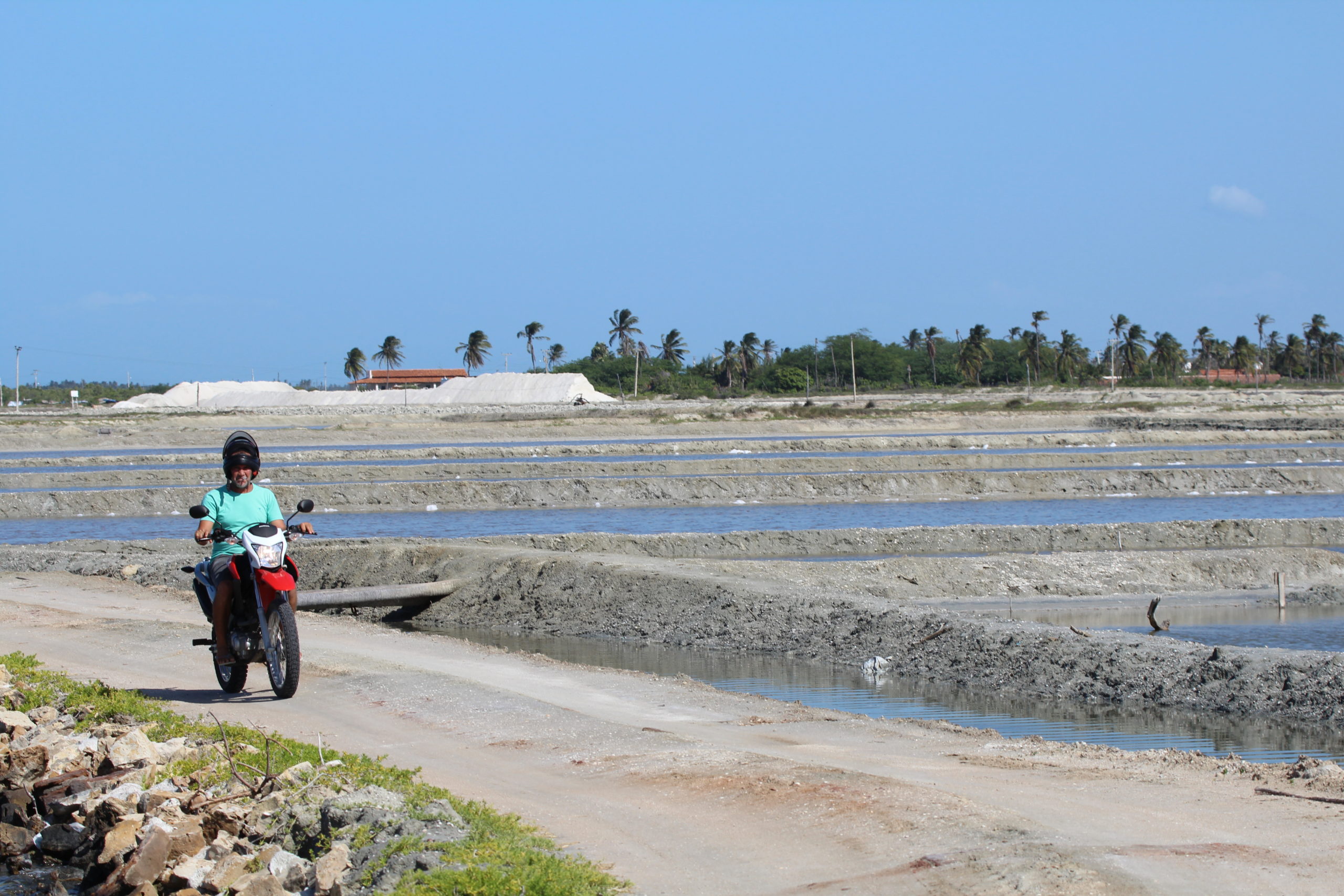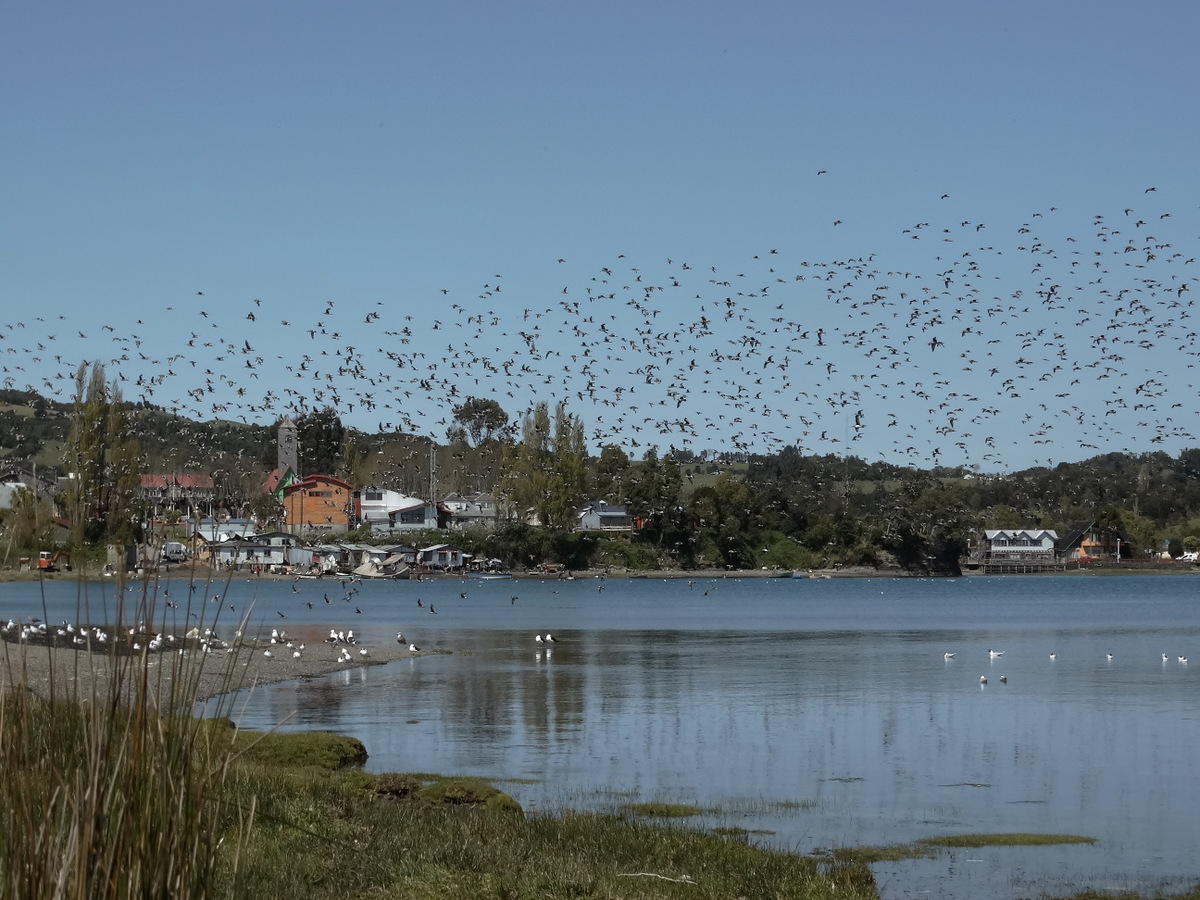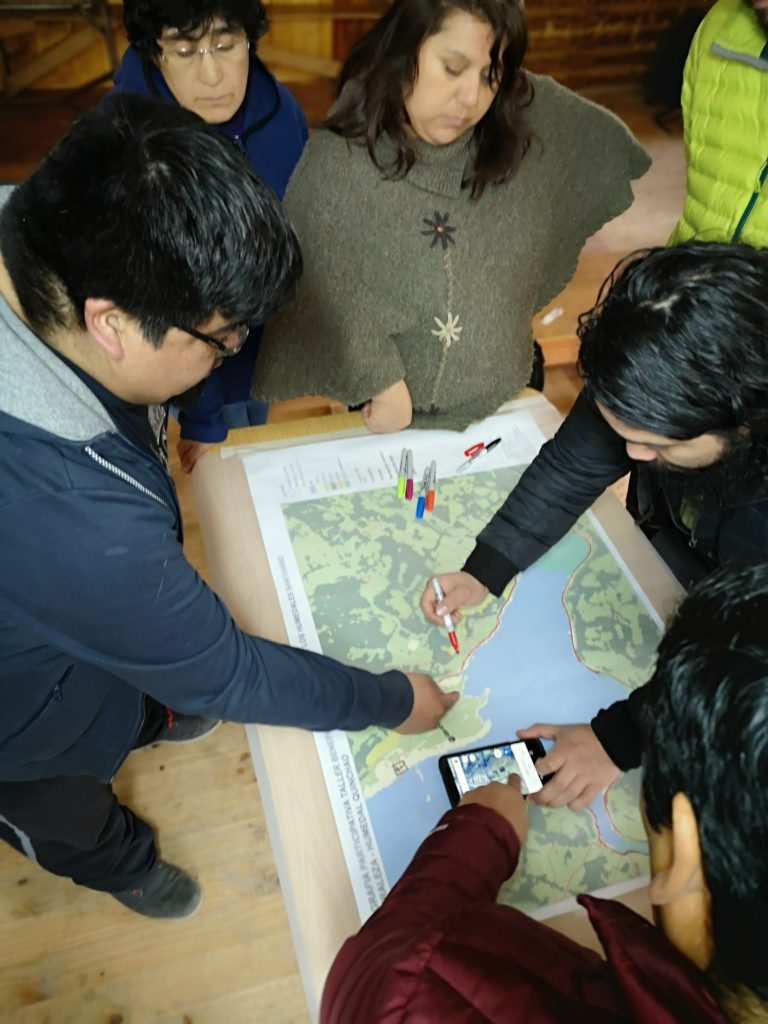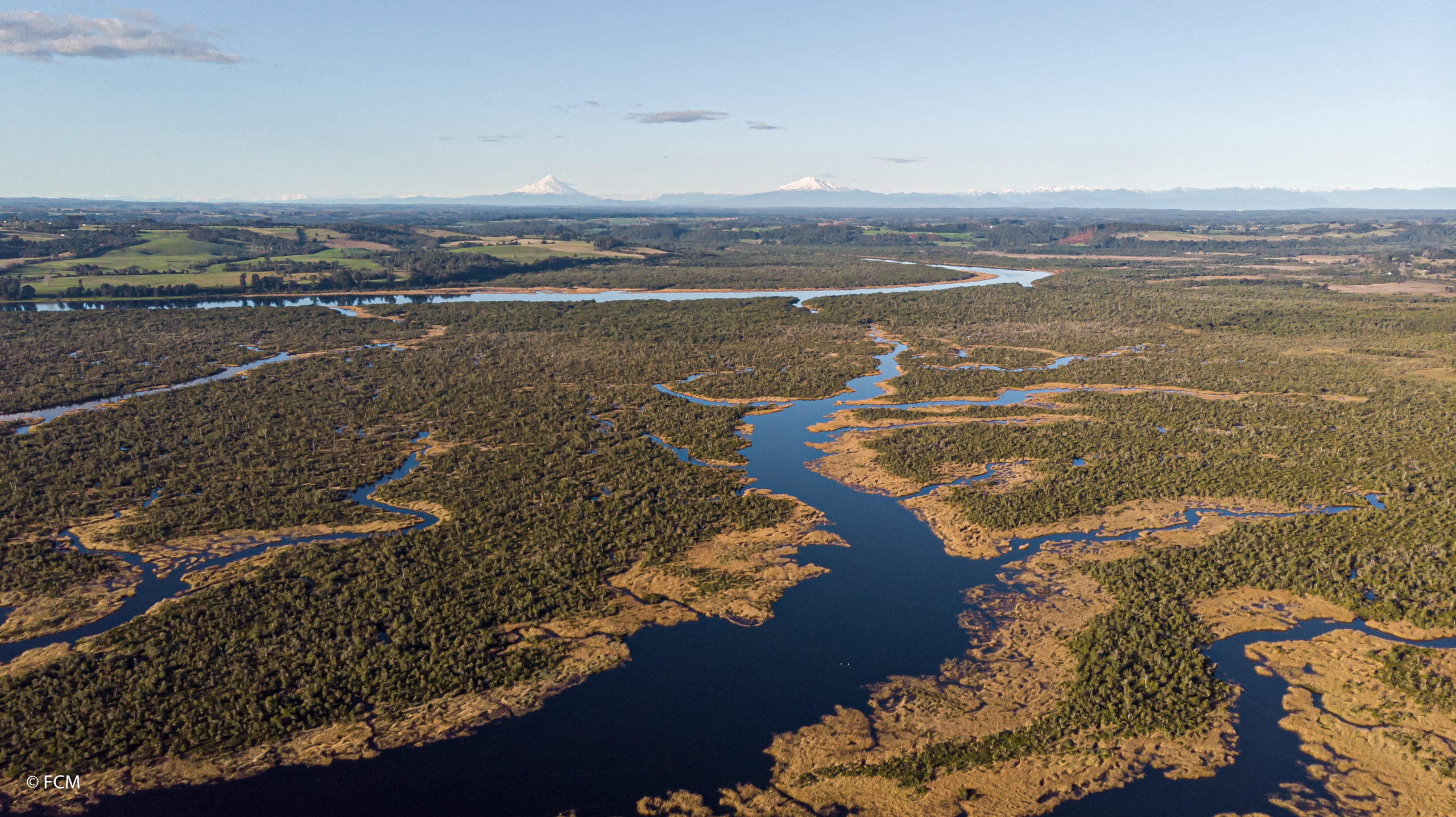Authors
Isadora Angarita-Martinez, Conservation Specialist. Executive Office WHSRN, Claudio Delgado and Jaime Cursach, Fundación Conservación Marina, Chile
Until just a few decades ago, biodiversity conservation was carried out without the involvement of the human communities that depend on it for their livelihoods. Biodiversity conservation is now defined by its intrinsic relationship with human beings and their dependence on it and how human communities impact and/or contribute to its management.
An often overlooked aspect of conservation is that our existence and welfare as human beings depends almost entirely on the benefits that we derive from nature. These benefits can be called “ecosystem services.”
We are unaware of any important areas for shorebirds, whether it be breeding areas, migration stopovers, or wintering sites, that do not simultaneously contribute either tangibly or intangibly to human welfare. These areas, due to the variety of ecosystems that are found there, generate endless benefits for nearby communities, as well as those that are thousands of kilometers away.






 Back to all
Back to all


